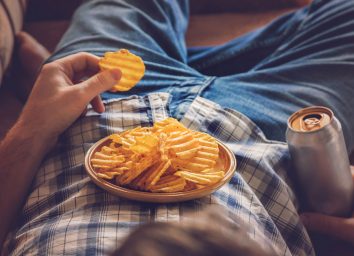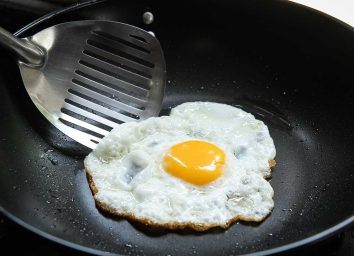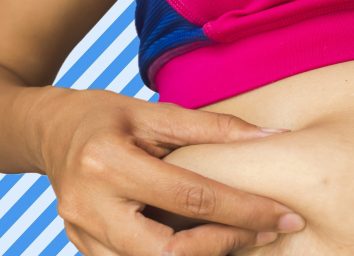How Chewing Your Food Can Help You Lose Weight
What if we told you there was a quick and easy way to lose weight that doesn’t involve changing your diet or ever even setting foot in a gym?
Though it may sound hard to believe, numerous studies have found that the rate at which you chew your food, regardless of what you eat, is directly linked to your weight.
Chewing Increases the Number of Calories You Burn Each Meal
According to a 2014 study published in the journal Obesity, chewing until your food is lump-less increases the number of calories the body burns during digestion: about 10 extra calories for a 300-calorie meal, meaning that just by slowing down the rate at which you chew, you could potentially burn approximately 2,000 extra calories each month. The study also found that chewing food more thoroughly increases blood flow to the stomach and gut, which may help to improve digestion and absorption of more nutrients from your food.
Conversely, research has also shown that although your body still absorbs nutrients from food when it is chewed quickly, eating fast barely burns any calories. In fact, when a research team tracked a group of people for eight years, they found that fast eating is linked to a 35 percent increase in a person’s risk for metabolic syndrome, a host of health problems that includes high blood pressure and blood sugar, poor cholesterol numbers, and excess abdominal fat. Participants who ate slowly, on the other hand, gained less weight over the eight-year study period than the fast eaters, and those results held regardless of a person’s BMI, drinking habits or exercise frequency.
Chewing More May Lead to Less Weight Gain
Those findings seem to support a 2011 study in the American Journal of Clinical Nutrition which found that obese people typically chew their food less than lean people do, even when they eat the same meal and take bites of the same size. How do we know? When the research team asked all participants in the study to chew each bite 40 times, the lean and obese people both ate less. When both groups of people chewed their food a little more than usual, their levels of gut hormones related to hunger and satiety also improved.
How Chewing Can Help You Feel Fuller
One reason why extra chewing contributes to weight loss is that chewing food more thoroughly slows the rate at which you eat a meal. In fact, Meena Shah, a professor of nutrition at Texas Christian University, found that people who eat slowly tend to eat less because slow eating may help people consume more mindfully and be more aware of their own feelings of fullness.
Since working out your jaw has been shown to reduce calorie intake and flatten your belly fast, we’ve come up with five tasty ways to add chewy and/or crunchy ingredients to your favorite mushy foods to help with weight loss. And speaking of shrinking your waistline, get some additional inspiration from this list of the 40 Best-Ever Fat-Burning Foods!
5 Ways to Make Common Meals Crunchier
Add Nuts To Your Oatmeal
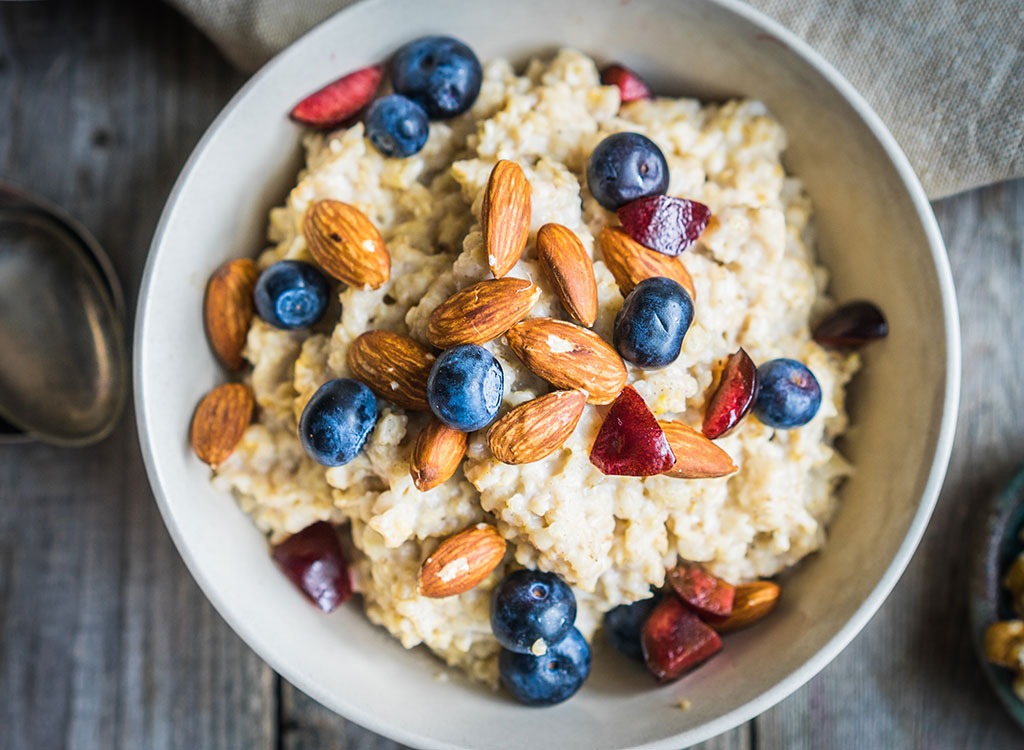
Start the day off with some extra crunch by adding a handful of nuts, such as walnuts or almonds, to your oatmeal. Not only will the nuts cause you to chew each bite more thoroughly, but the fiber and protein they provide will help you feel fuller, longer. What’s more? Swapping sickeningly sweet syrup for nutritious nuts is an quick and easy way to zap belly fat.
And Berries To Your Yogurt
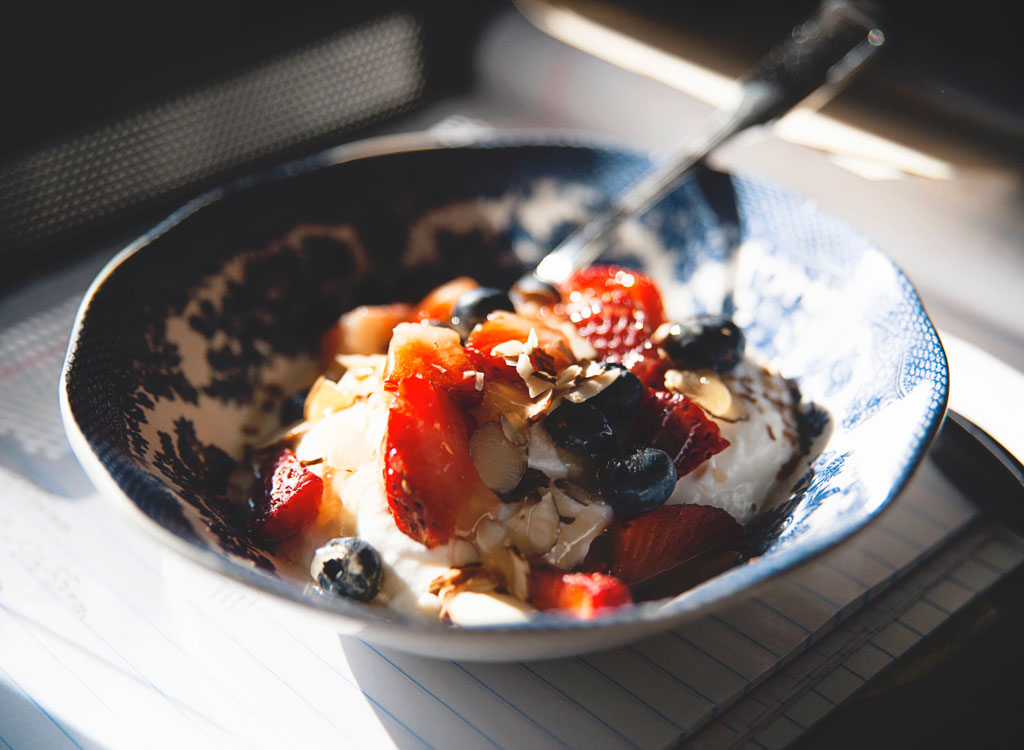
Many yogurts have fruit or jam already mixed in, but do your waistline a favor and opt for plain Greek yogurt topped with fresh berries instead. In addition to making your protein-packed yogurt chewier, flavorful add-ons such as blueberries or raspberries come packed with fiber, antioxidants, and other nutrients that will keep you healthy and slim. Even though berries have their own naturally occurring sugars, that sweet stuff is much healthier for you than whatever added sugar is packed into those pre-made yogurts.
Toss Some Seeds In Your Salad
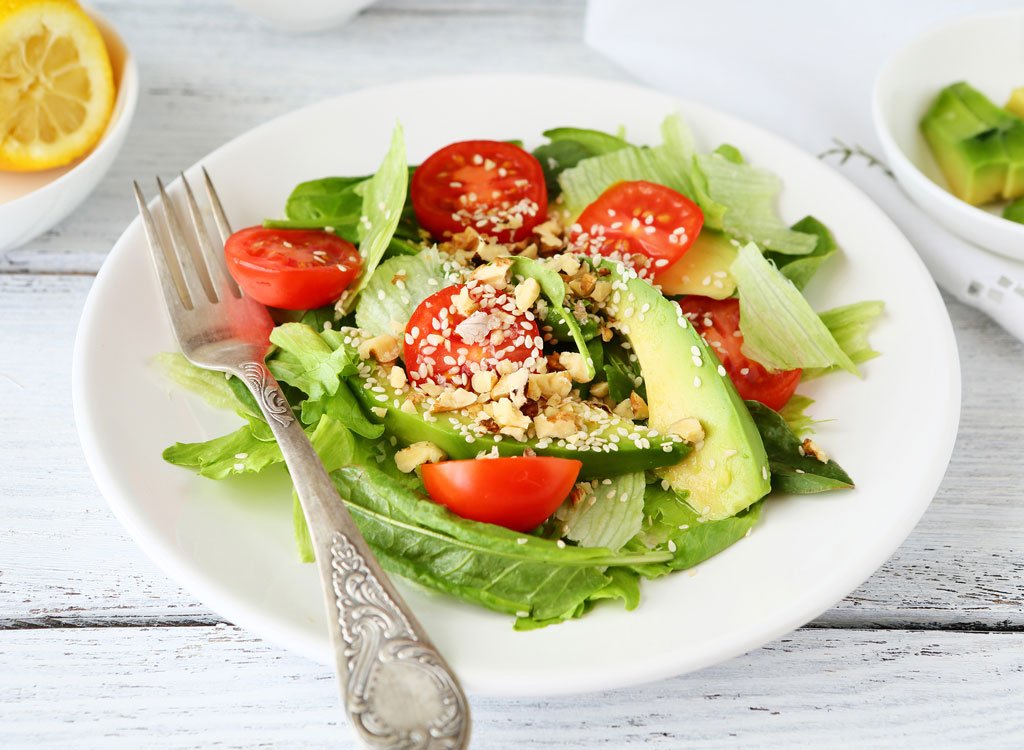
If you’re looking for some added crunch come lunchtime, consider tossing some unsalted seeds into your salad. Pumpkin seeds, for example, are a great source of protein, fiber, and heart-healthy magnesium, while sunflower seeds are loaded with protein and vitamin E. If you’re looking for something that won’t impact the flavor of your lunch, go ahead and sprinkle some chia or hemp seeds on top for a bland boost of omega-3s, protein, and fiber. For additional inspiration on how to add fiber to your diet, take a look at The 43 Best Foods for Fiber!
Stick To Whole Fruit
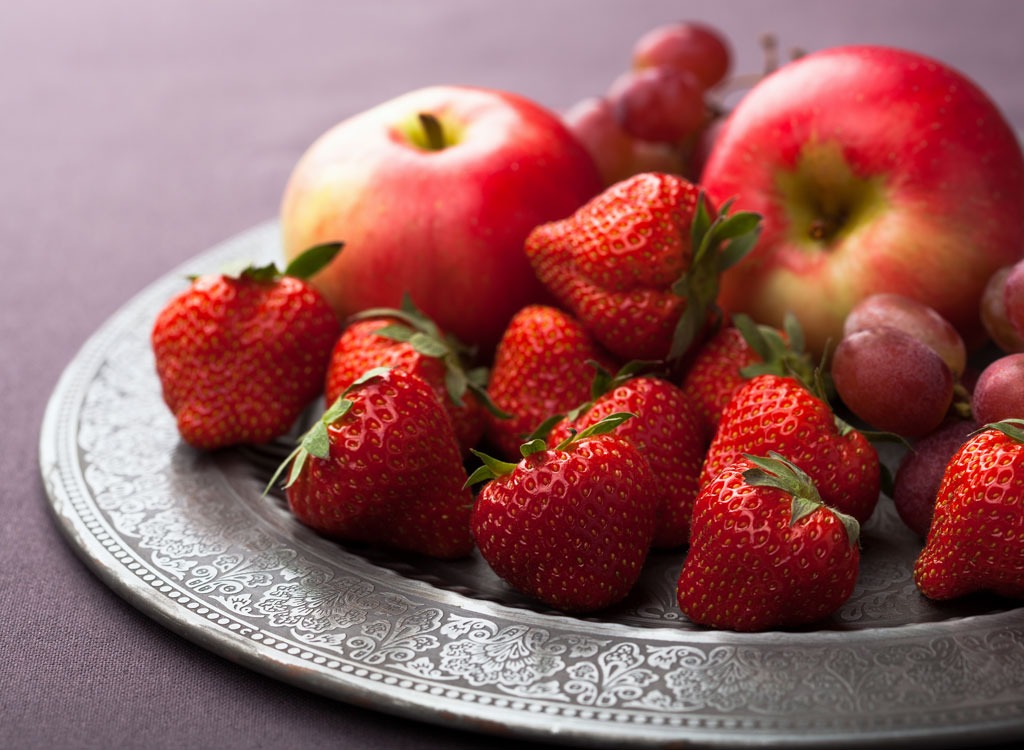
Though fruit juices and smoothies are all the rage right now and easy to grab if you’re on the go, up your chewing game by eating a whole piece of fruit instead. Whole fruit is just as easy to snack on as a juice or smoothie, and it takes you longer to chew than something you can quickly slurp through a straw. What’s more? Though whole fruit and fruit juice both contain sugar, the natural sugar found in fruit comes with lots of benefits such as fiber, vitamins, and minerals, which slows the absorption of sugar into your bloodstream. Fruit juice, on the other hand, has no such redeeming qualities.
Pair Your Hummus With Celery
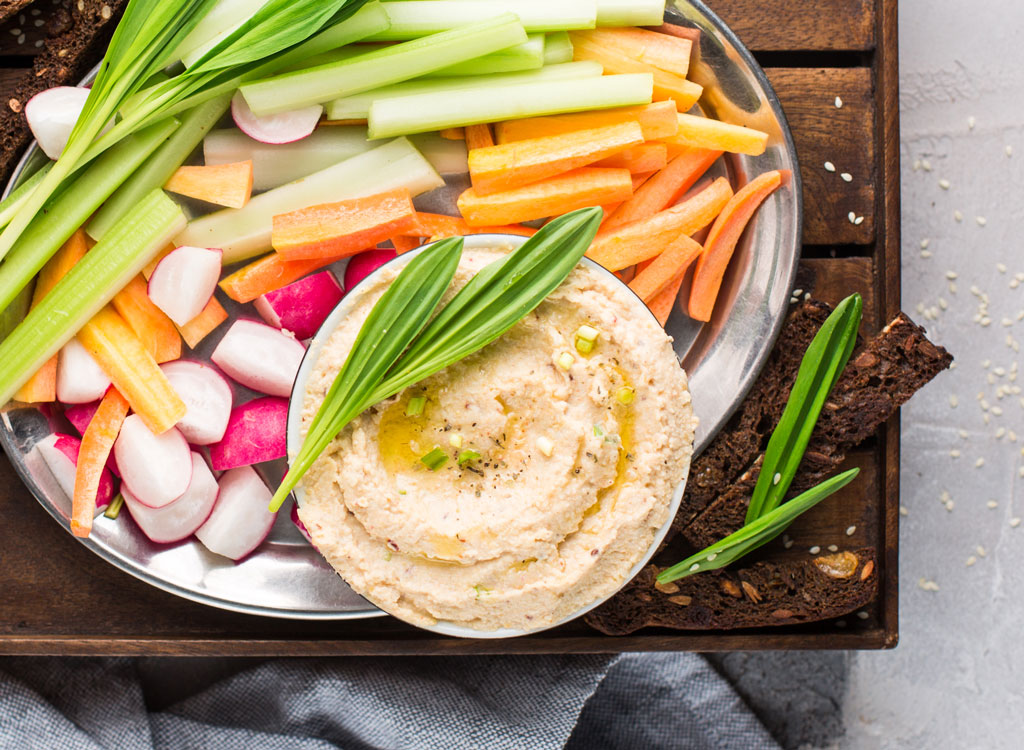
Celery has long been lauded as one of the chewiest veggies around, making it virtually calorie-free, so try pairing some with your usual hummus for an added crunch. Aside from being super chewy, celery is also low-carb. For more tips on how you can stay full and fit, check out the 20 Healthy Fats to Make You Thin!
